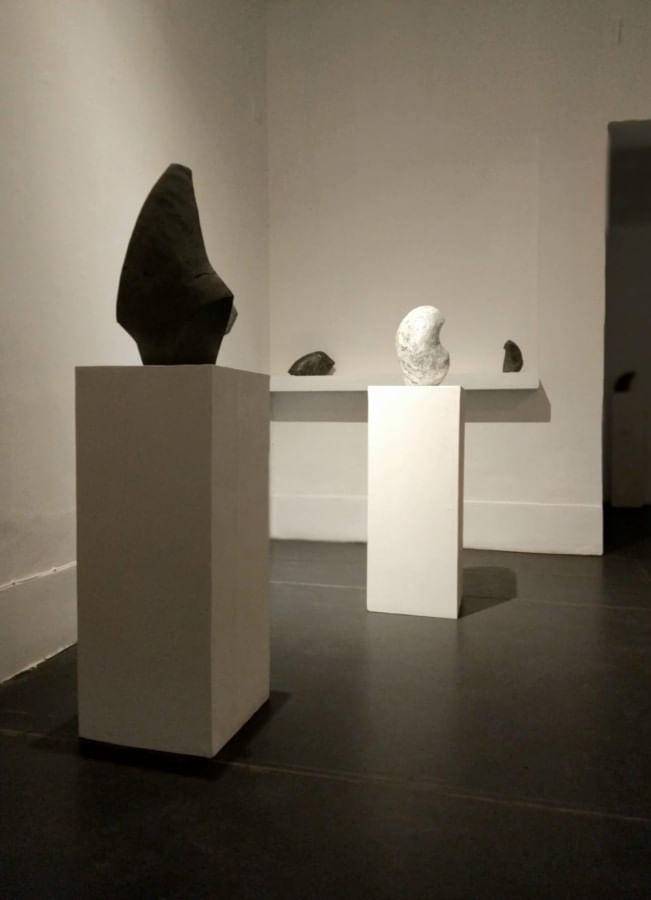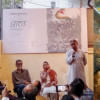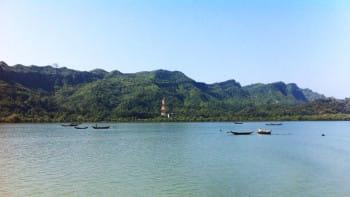‘Opulence of Stone’: Maynul Islam’s mastery in stone carving

Since the Stone Age, stones have been the bearer of culture and the earliest civilisations. Over time, aside from making weapons, humans began to incorporate stones into building shelters. Later on, they became the first medium for written language through the art of carving, and even today, despite being replaced by papyrus and the printing press, this form of art lives on.

In the 1990s, a shift in architectural taste and aesthetics emerged, leading to the mass importation of various types of stones into Bangladesh. These were expensive. However, in Rajshahi, boulders, granite, and other materials had been brought from India and Bhutan for the Padma River dam, and they were comparatively less costly. The leftover materials from the construction projects occasionally found new life as sculptures, transformed by the hands of artists. One such artist is Maynul Islam Paul.

On August 1, 2025, Kala Kendra in Lalmatia inaugurated "Opulence of Stone", the fifth solo exhibition of Maynul Islam Paul, a Bangladeshi sculptor born in the mid-sixties. Early in his artistic practice, he developed an affinity for carving. Initially, his primary mediums were wood, clay, and metal, which were common among carving artists. Later, during his PhD at Rajshahi University, he had the opportunity to experiment with stone carving.

"Opulence of Stone" is Paul's first solo exhibition in 20 years, and this long hiatus is a strong indication of the religious prejudice against sculpture in Bangladesh. However, the minimalist approach to sculpture pioneered by the two legends, Novera Ahmed and Hamiduzzaman Khan, has been carried forward by artists like Paul. The stone sculptures in this exhibition also offer a modern take on traditional subjects of three-dimensional art.

Paul creates exquisite forms with the use of chisels—sometimes abstract, sometimes semi-abstract. The natural smoothness and glittering surfaces of some pieces evoke an almost fairytale-like quality, while the darker ones appear elegant and graceful. There is a boldness in slicing the stones to achieve the desired shapes. Some works feature carved lines reminiscent of low-relief pieces. I could discern human, bird, and animal forms in the sculptures, while others seemed to act as bridges between the tangible and the intangible.

In short, "Opulence of Stone" is a remarkable example of modern stone carving and sculpture. We can only hope that this art form will continue in our country without the interruption of bigotry. The exhibition at Kala Kendra will run until August 18, 2025.

 For all latest news, follow The Daily Star's Google News channel.
For all latest news, follow The Daily Star's Google News channel. 








Comments